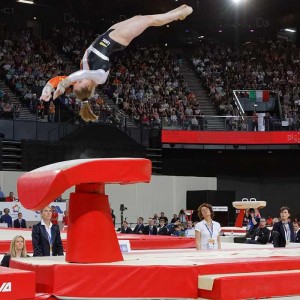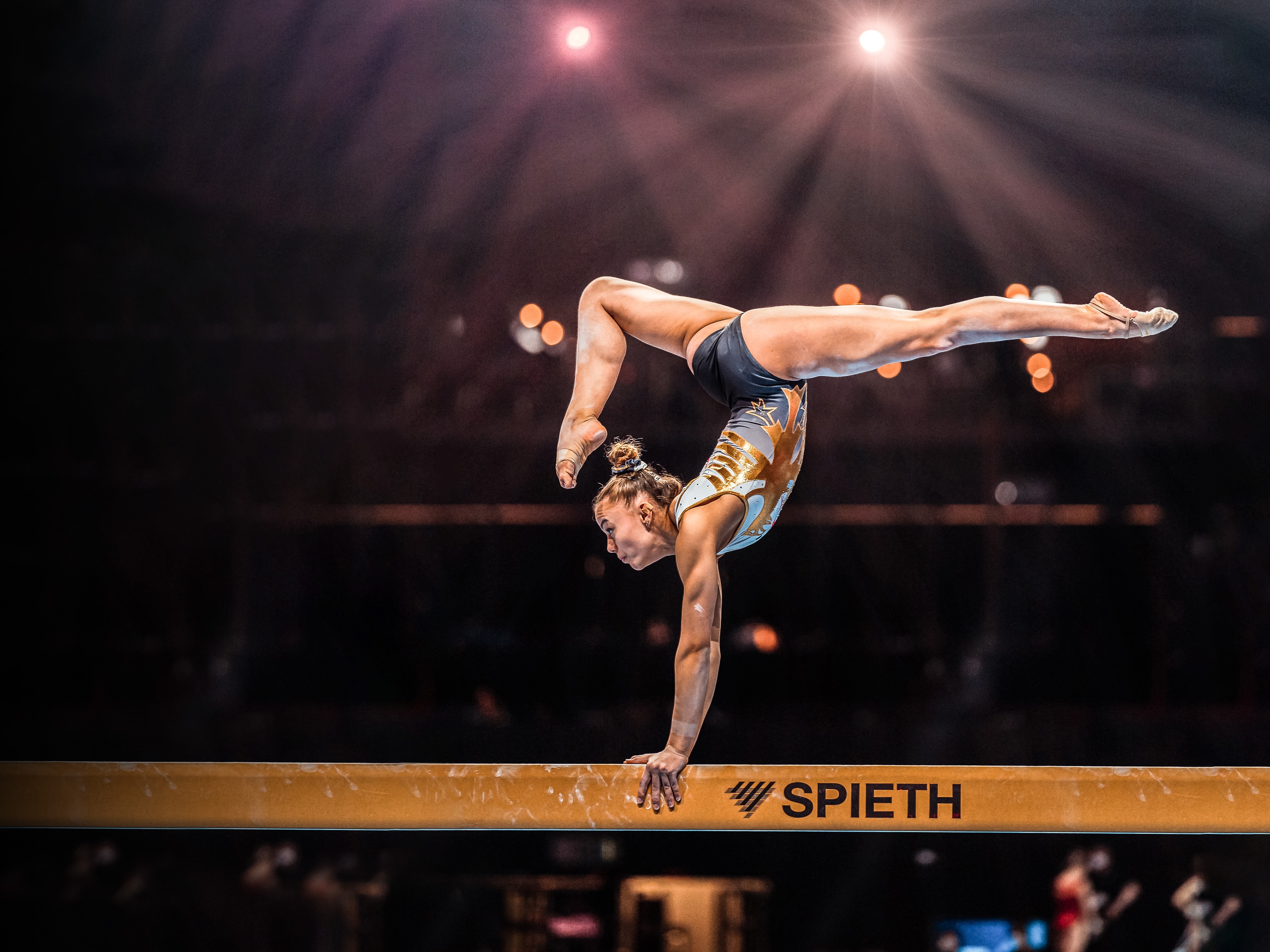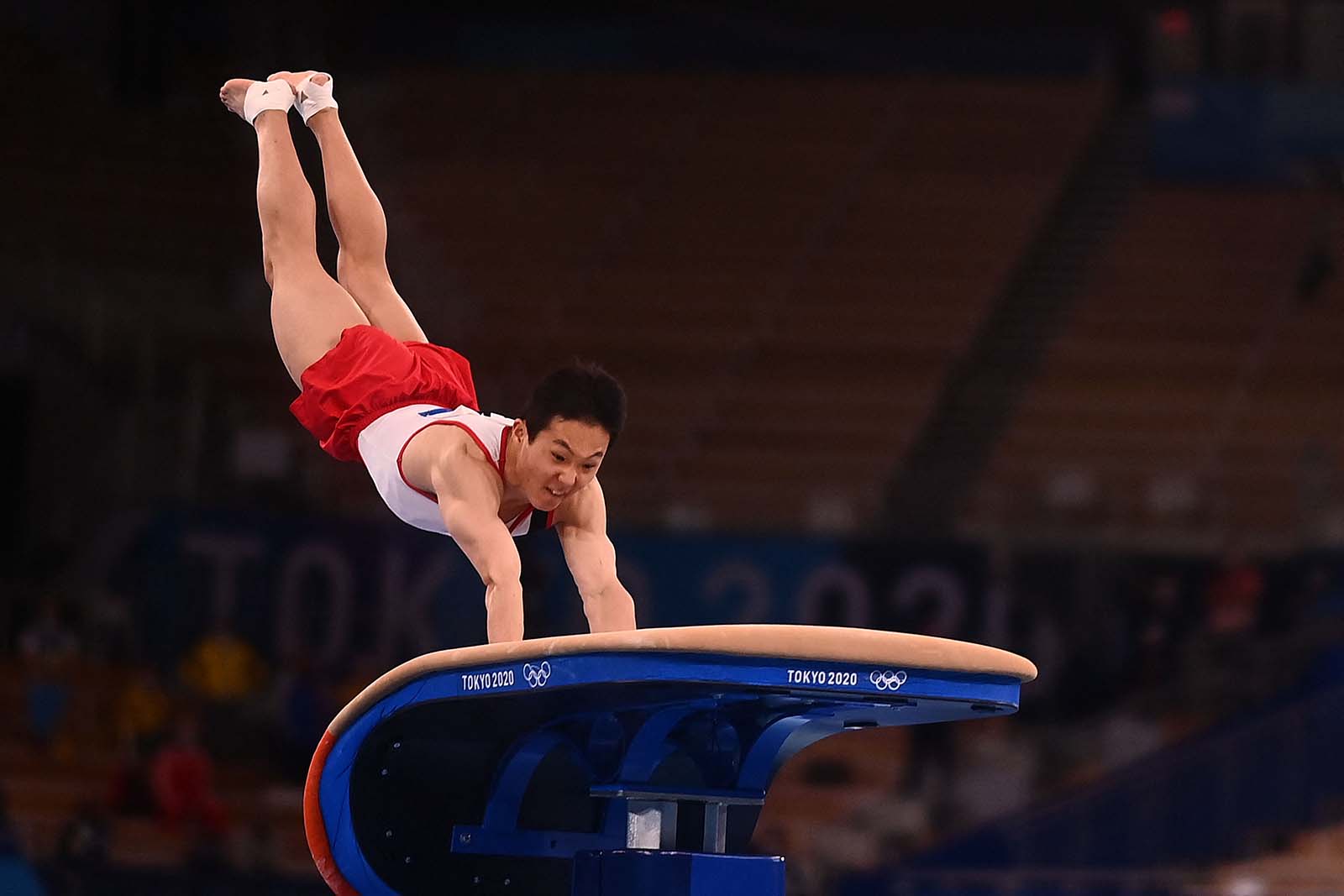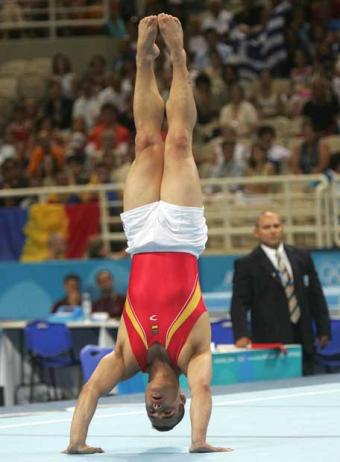Physical fitness is the ability to do a daily physical workout without feeling too tired. For this, you need the four “S´s”
Strength Stamina Speed Suppleness




These are the components of physical fitness. In Spanish, we call them “Capacidades Físicas Básicas”.
Take a look at this excellent video explaining the components of physical fitness in england. They also include the skill-related ones we call "cualidades motrices básicas"
1. Stamina:
Stamina helps your muscles to work for a long period of time.
With it, you can do exercices for a longer period of time, no matter the intensity. For example:
Cycling: In the Tour of France they ride more than 200km over a lot of days, but they also sprint!
Marathon runnners run for more than 2 hours at a very fast pace.
Swimmers in the 1500m race
Footballers need to run for 90 minutes without being tired so they can dribble and shoot.
 Stamina is also called Endurance or Resistance.
Stamina is also called Endurance or Resistance.
There are two types of Stamina, Resistance or Endurance:
Aerobic and Anaerobic.
During Aerobic activity, your heart and lungs give your muscles plenty of oxygen, and you can do exercise for long periods of time at a medium intensity. (marathon, cycling..)
During Anaerobic activity, your muscles don´t have enough oxygen. These exercises are shorter but have a very high intensity (100m sprint, a basketball attack). With anaerobic stamina, you can do these exercises faster and get tired later.
Benefits of regular stamina training:
-Your heart grows larger and thicker -You have more capillary.
-Your breathing capacity increases. -It´s easier to maintain your ideal weight
Aerobic Exercise is very good for your health. It develops your heart, your lungs and your circulatory system.
2. Strength:
Strength is the ability to use muscles against a resistance (a force or a weight).
With it, you can move or lift weights, and you can move your body weight more easily.
Some sports in which strength is important:
Weightlifting: to lift as much weight as you can.
Judo: to throw your opponent.
Climbing: you need to move your body weight up the mountain.
Athletics: to jump higher or longer and to throw the javelin or hammer.
THERE ARE THREE TYPES OF STRENGTH:
Maximum strength: to lift very high weights : the best example are olympic weightlifters.
Explosive strength: to do a movement as fast as we can, moving a small weight (javelin throwers, for example)
Resistance-Strength: to do exercises with medium weights for a long time (in judo, combats last 4 minutes; rowers must move the boat for a long time also)
Benefits of developing your strength:
-You have more muscular power -Your muscles and tendons grow in size.
-You can move weights easier (including your own body). -It helps you keeping a good posture in daily life and sports
3. Speed:
Speed is the ability to do one or more movements in a short period of time.
Some examples of sports where speed is important:
Fifty metres swimmers, react quickly to the horn and swim very fast.
Handball goalkeepers react very fast to stop balls.
Fencers must move fast to touch the opponent with their sword.
When we talk about the speed to move from one place to another (running, biking or swimming), we call it a sprint.
Speed means reacting quickly and moving fast.
So you can find three types of speed:
Reaction speed: moving as fast as you can after the referee blows the whistle in a 100m sprint. In team sports there is also reaction speed: chasing your opponent when he runs away from you, or reacting to a volleyball spike quicly.
Single movement speed: e.g. a karate kick or a tennis service must be very quick.
Cyclic movement Speed: any sprint in running or swimming, a dribbling in football...
Benefits of speed training:
-Speed is basic in all sports. Even in a marathon, the winner is the fastest!
-It is related with coordination and agility. If you react and move fast, you have an advantage in all sports.
-Speed training develops and makes your muscles grow.
4. Suppleness:
Suppleness is the ability to have a wide range of movement with any part of your body. It is also called Flexibility.
Flexibility is very important in all sports, because with it, you have better performance and less injuries.
It is important for gymnasts, for hurdle runners or tae-kwondo fighters to do kicks.
Flexibility depends on the joint range of movemnt and the stretching ability of the muscles around it.

There are two types of flexibility:
Dinamic Flexibility: you use it when you do wide, ample and relaxed movements.
Static Flexibility: you use it when you hold one position for some seconds. There is no movement.
Flexibility is the only physical ability that decreases as you grow older.
You need to spend a little time everyday to maintain and enhance it.
Benefits of supleness training:
-Your range of movement in joints is bigger, so you can accelerate your arms and legs for a longer distance. Then, you can kick, throw and hit faster and stronger.
-You have less injuries. -Your movements are not limited. -Your muscles are more elastic and more powerful.



























